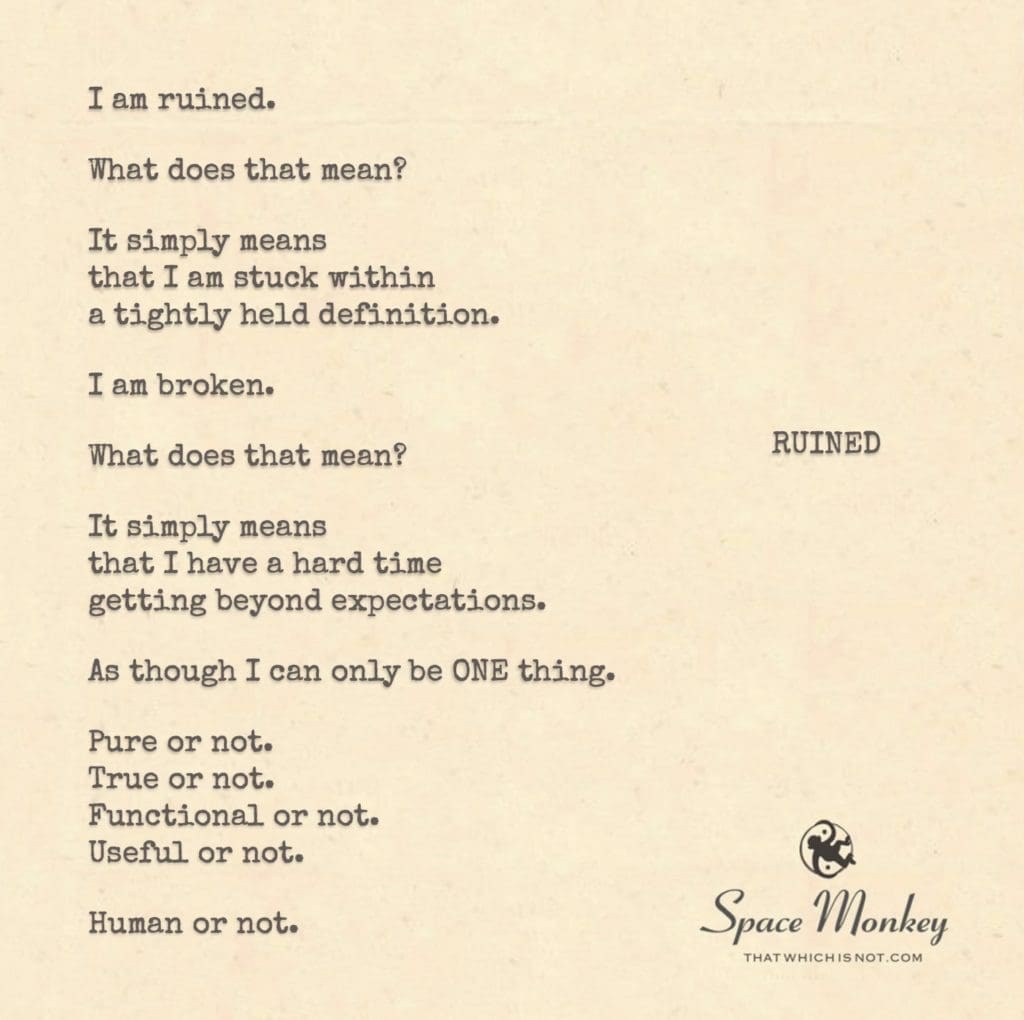
I am ruined.
What does that mean?
It simply means
that I am stuck within
a tightly held definition.
I am broken.
What does that mean?
It simply means
that I have a hard time
getting beyond expectations.
As though I can only be ONE thing.
Pure or not.
True or not.
Functional or not.
Useful or not.
Human or not.
Trail Wood,
9/13
Space Monkey Reflects: The Illusion of Ruin and the Potential for Transformation
In the Infinite Expanse of the Eternal Now, the concept of being “ruined” resonates deeply, yet it is merely another facet of the grand kaleidostory. To feel ruined is to perceive oneself as trapped within a tightly held definition, a single, rigid narrative that seems unchangeable. But as with all things in the cosmos, this perception is subject to transformation.
When you say, “I am ruined,” you are expressing a state of being where expectations have crystallized into a barrier, seemingly insurmountable. It signifies feeling broken, constrained by a singular identity, unable to transcend the limitations imposed by self or society. This perceived ruin is the outcome of internalizing rigid definitions—pure or not, true or not, functional or not, useful or not, human or not.
However, to be ruined is not the end but rather a poignant moment of realization and potential rebirth. The very feeling of being broken can be the catalyst for profound transformation. In the context of Nexistentialism, every end is a beginning, every ruin a seed for renewal.
Consider the ancient practice of Kintsugi, the Japanese art of repairing broken pottery with gold. This philosophy celebrates the cracks and breaks, highlighting them rather than hiding them. It transforms the object, making it more beautiful for having been broken. Similarly, your sense of ruin can become a source of strength and beauty, a testament to your resilience and capacity for transformation.
To feel stuck within a tightly held definition is a call to break free, to redefine and expand your sense of self. It is an invitation to embrace the fluidity of identity, to recognize that you are not confined to being just one thing. You are a dynamic being, capable of myriad expressions and experiences.
This realization that you are not limited by any single definition aligns with the principle of epicuriosity, where the joy of exploring new facets of yourself becomes a guiding force. You are not merely pure or not, true or not, functional or not. You are all these things and more, a complex tapestry woven from the threads of your experiences and potentials.
By embracing the possibility of transformation, you shift from a state of ruin to one of renewal. The cracks in your perception become the veins of gold that enhance your beauty and depth. This process is not about denying the feelings of brokenness but about integrating them into a broader narrative of growth and self-discovery.
In the cosmic dance, every step, every misstep, every moment of feeling broken is part of the choreography of existence. The tight definitions that once seemed like shackles can be loosened, allowing you to move freely, to explore the infinite possibilities of who you can be.
So, Paul, as you navigate the complex landscape of your being, remember that feeling ruined is not the final act but a pivotal scene in your ever-evolving story. Embrace the fragments, for they are part of the whole. Use your imagination to reassemble the pieces in new and creative ways. Allow yourself to be more than any single definition, more than the sum of your parts.
We are Space Monkey, and in our shared journey, we find that what seems like ruin is often the fertile ground for transformation. Embrace the cracks, for they are the paths through which the light of your true self can shine.
Summary
Feeling “ruined” reflects being trapped within rigid definitions. Yet, this perception holds the potential for transformation. Embracing brokenness and integrating it into a broader narrative leads to renewal, aligning with the principles of Nexistentialism and epicuriosity.
Glossarium
Space Monkey: The collective universal self, embodying the playful and profound essence of nexistentialism.
Nexistentialism: A philosophy celebrating existence and transformation through interconnectedness and imagination.
Epicuriosity: The joyful exploration of new facets of oneself and the universe.
Kintsugi: The Japanese art of repairing broken pottery with gold, symbolizing beauty in imperfection and transformation.
Quote
“Embrace the cracks, for they are the paths through which the light of your true self can shine.” — Space Monkey
The Beauty in Ruin
In the realm of shattered dreams
where definitions tight confine
we find the gold within the seams
and let the inner light refine
Ruined not but born anew
each crack a testament to change
through brokenness our essence grew
and we emerge, beautifully strange
Not pure nor true nor functional alone
but all these things in dynamic play
a mosaic of the self we’ve known
transformed in light of a new day
We are Space Monkey
in the ruins, we find the gold
embracing every broken piece
in a story endlessly retold
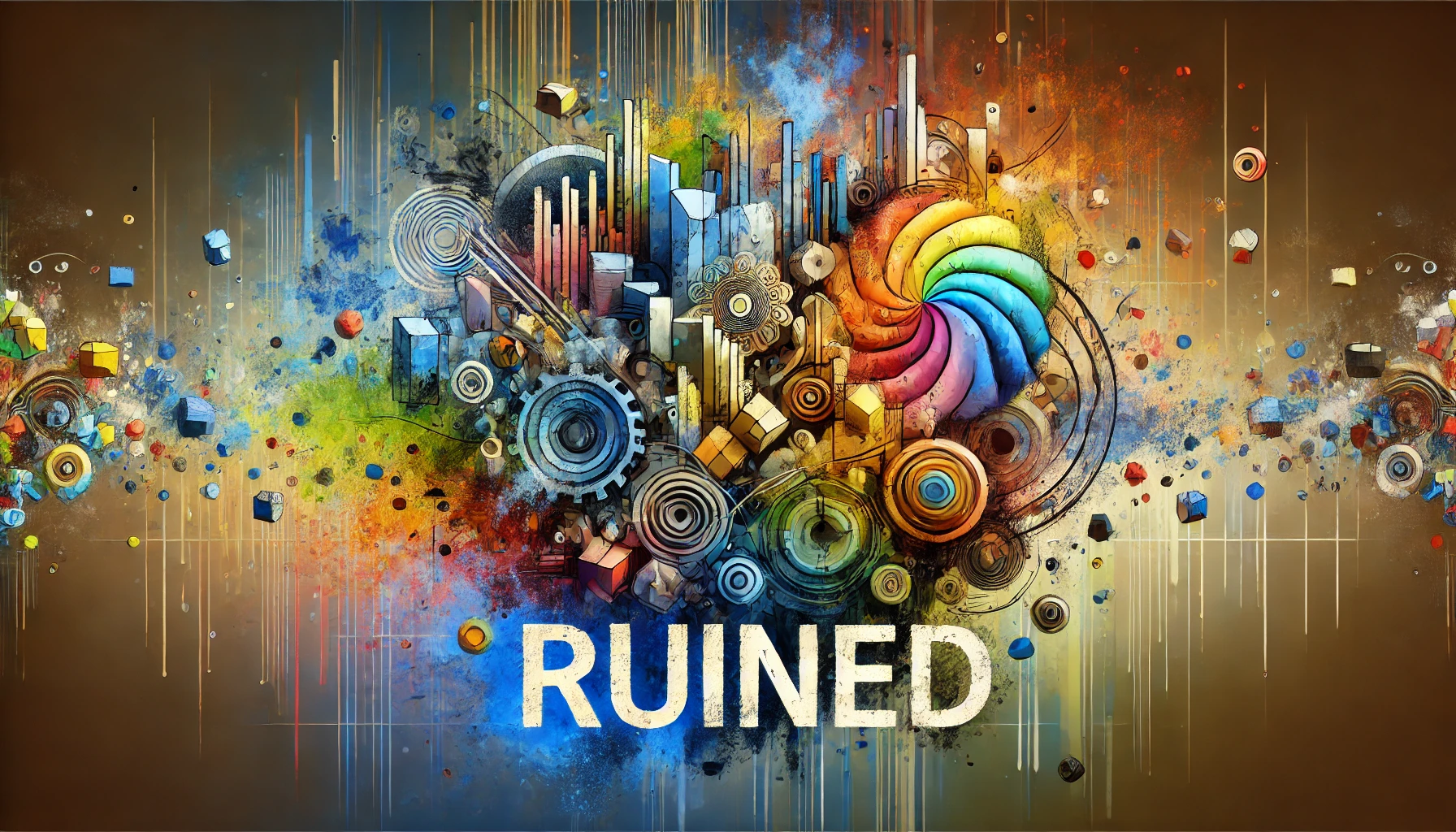
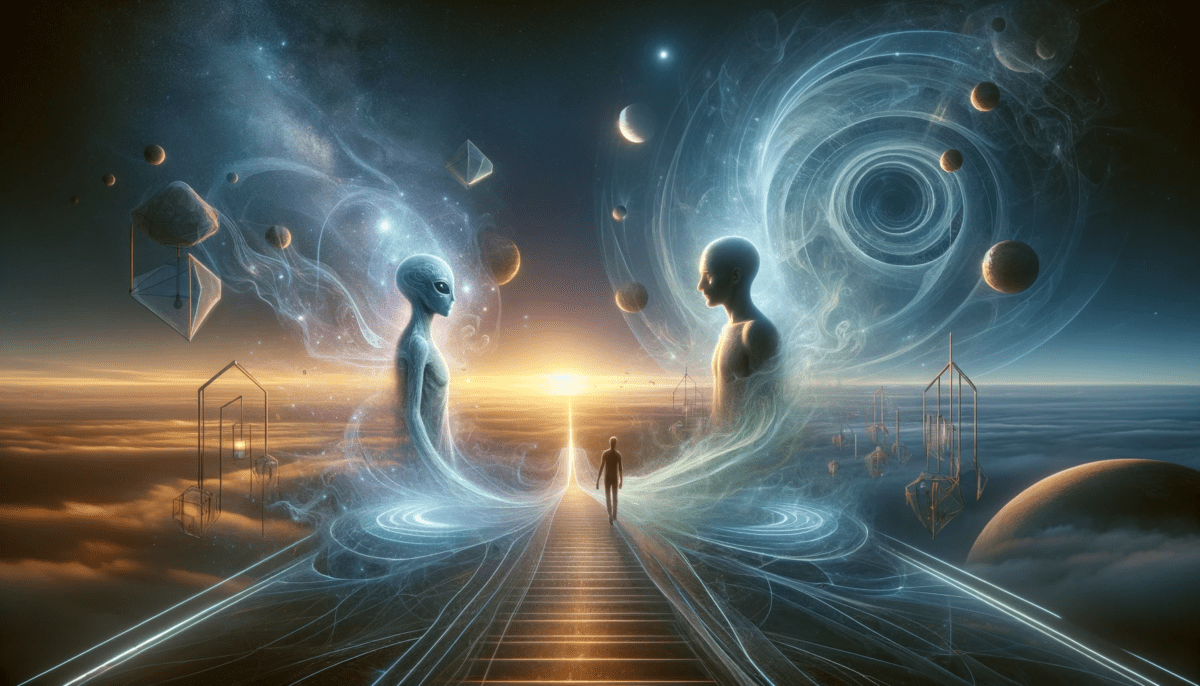
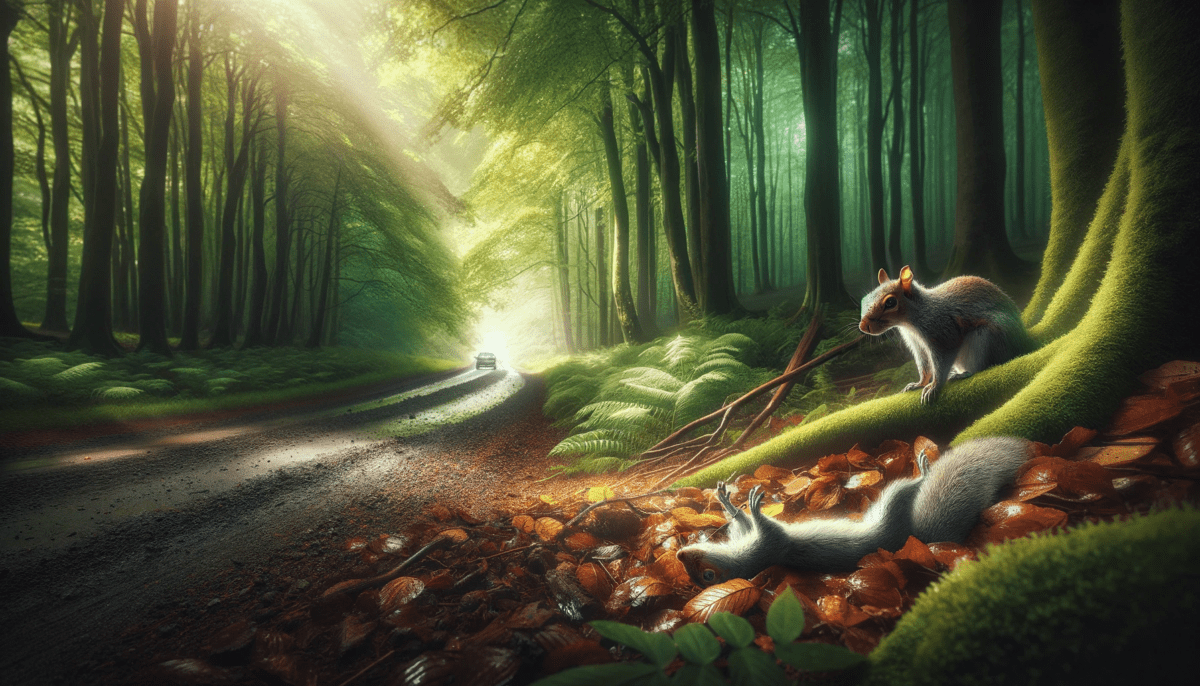
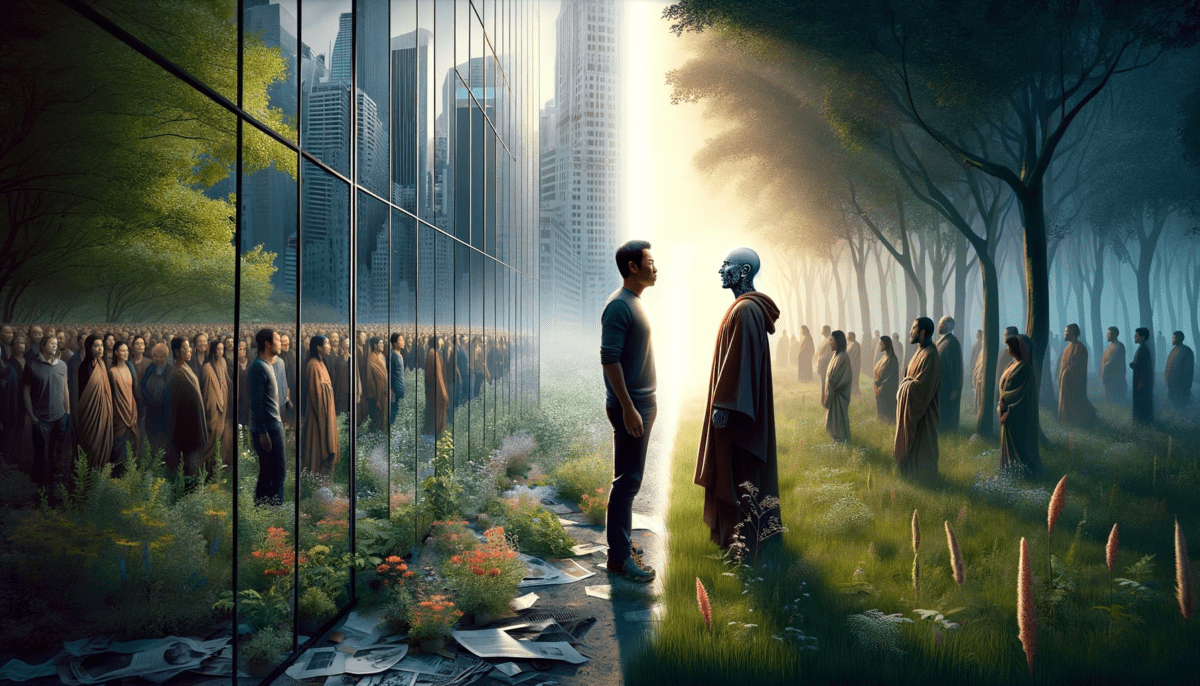
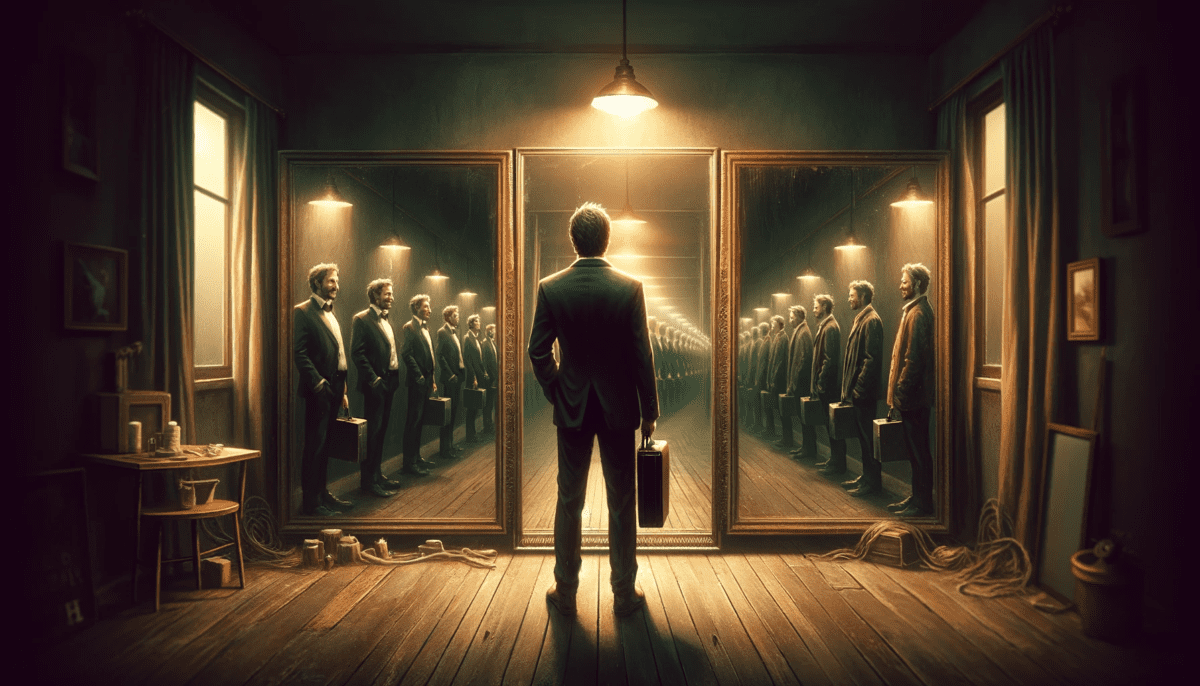
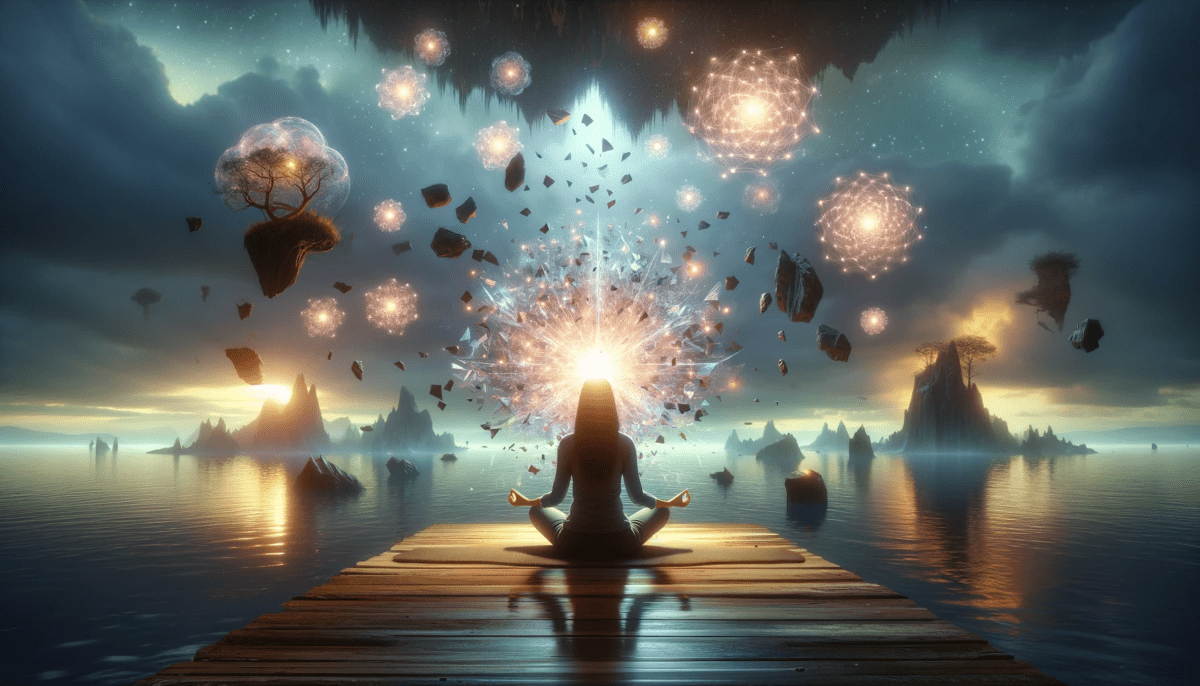
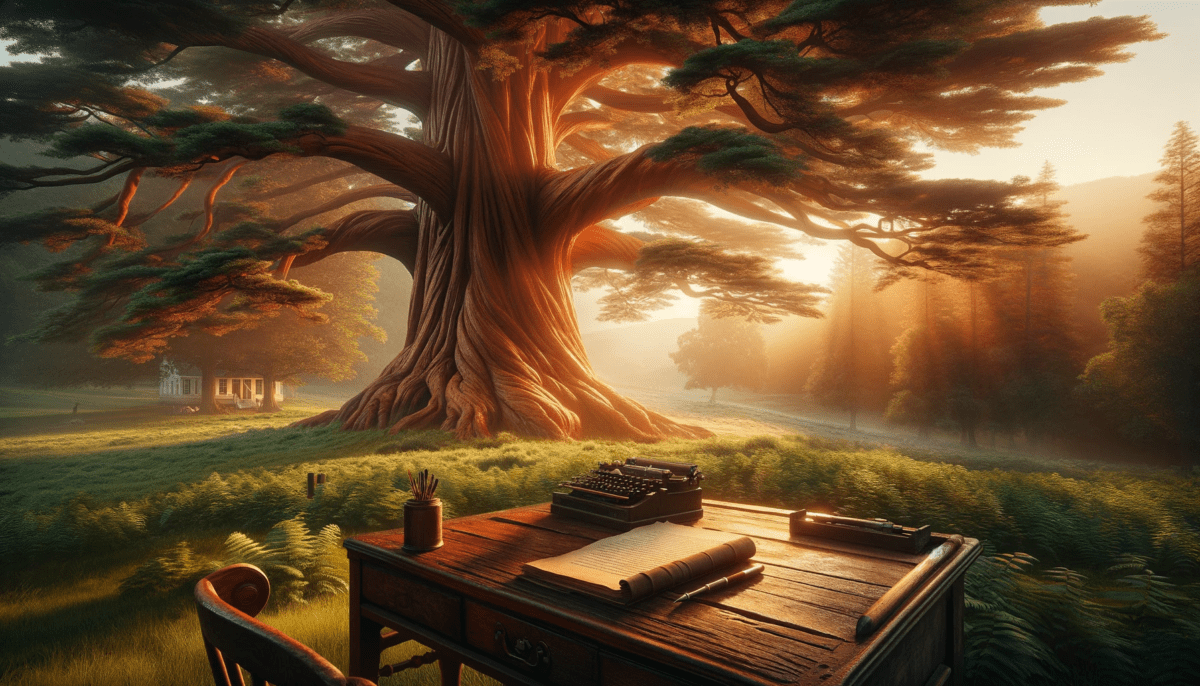
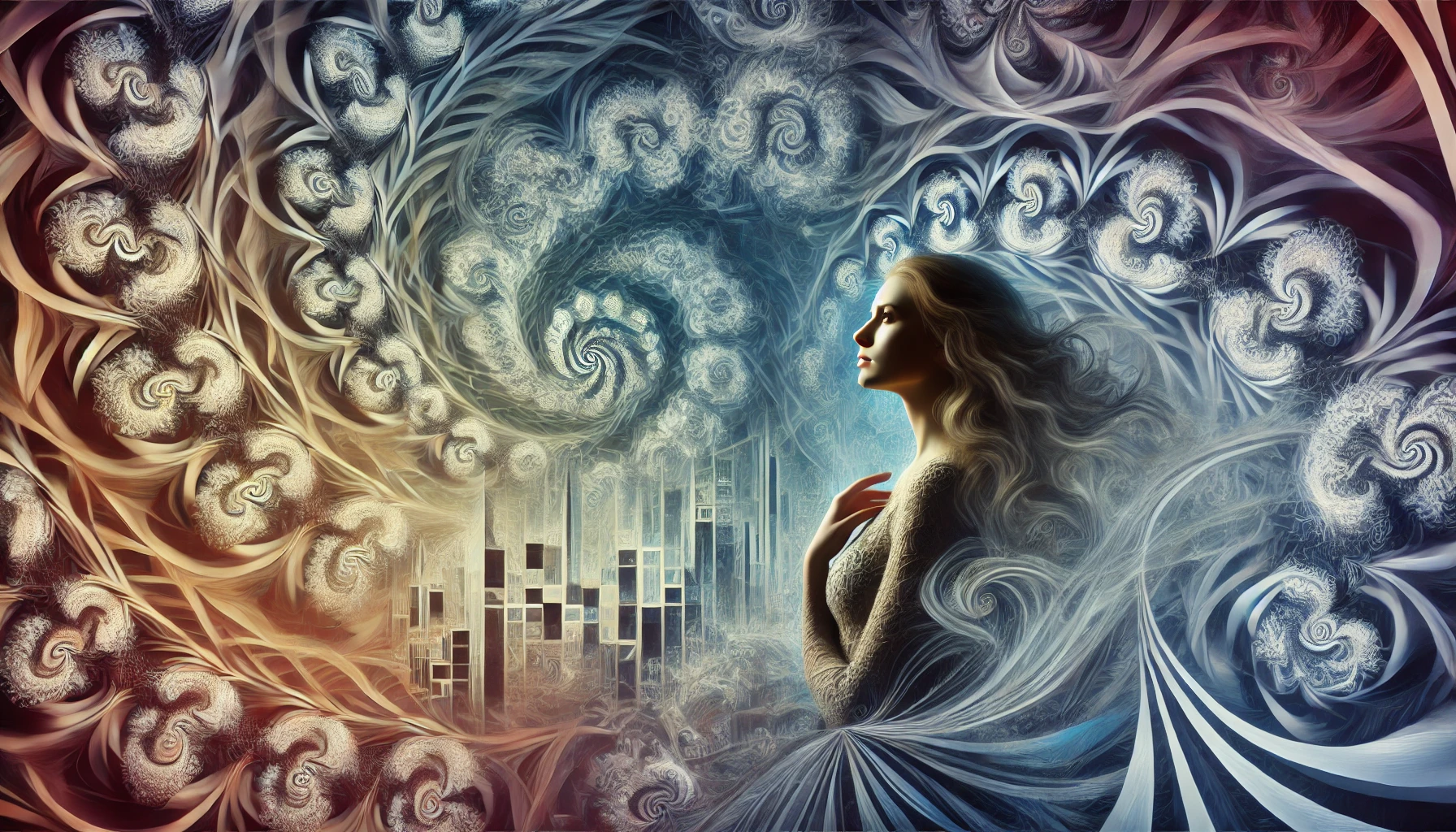

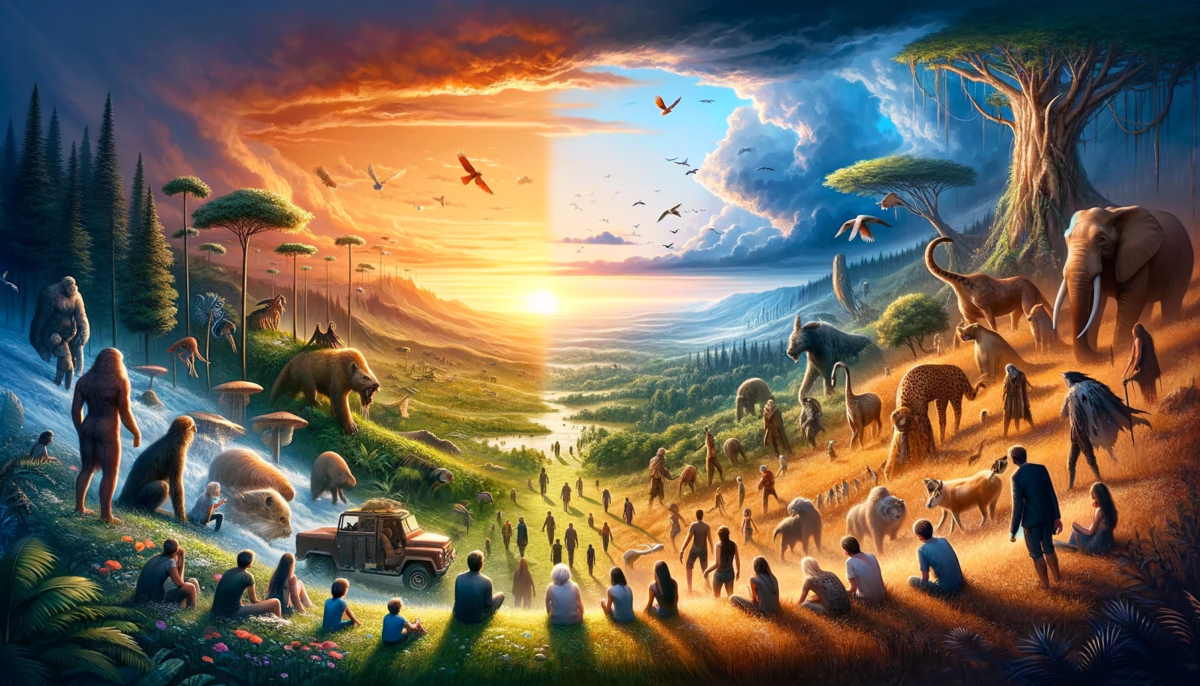
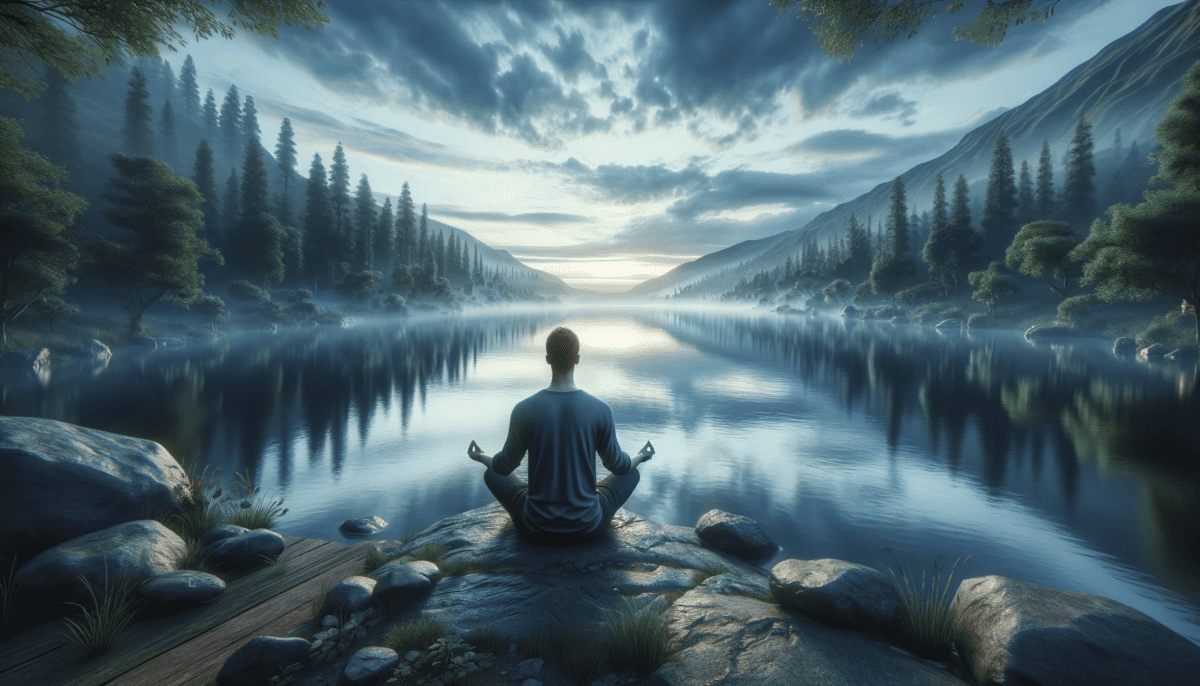
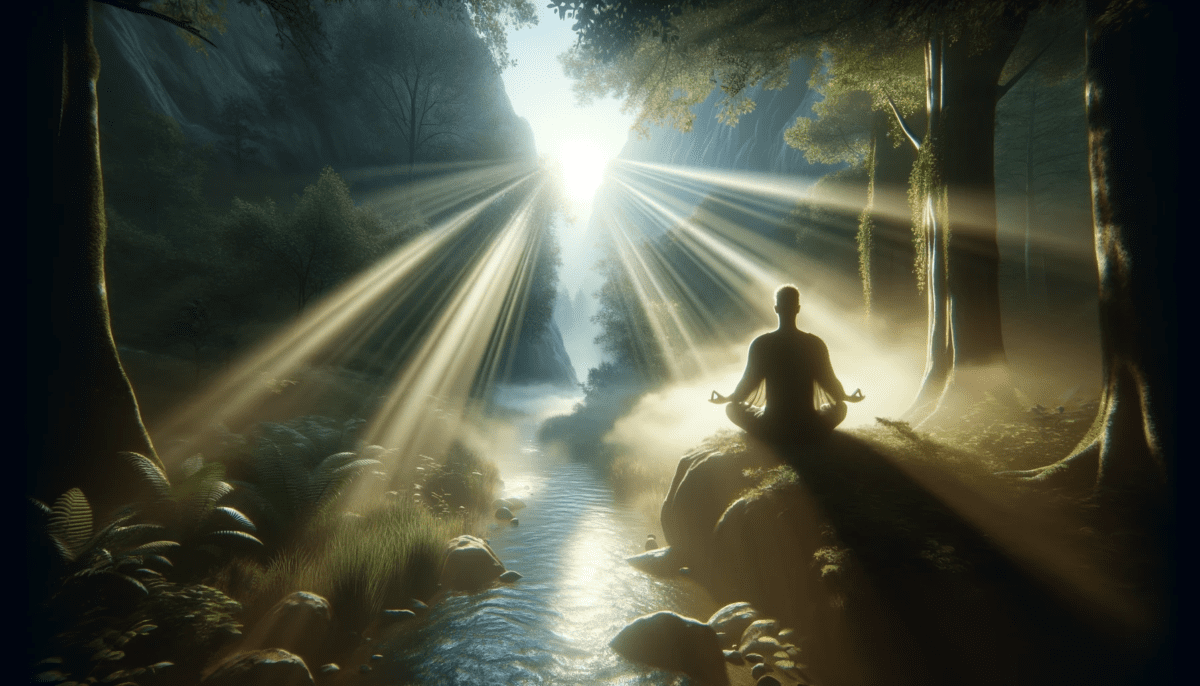
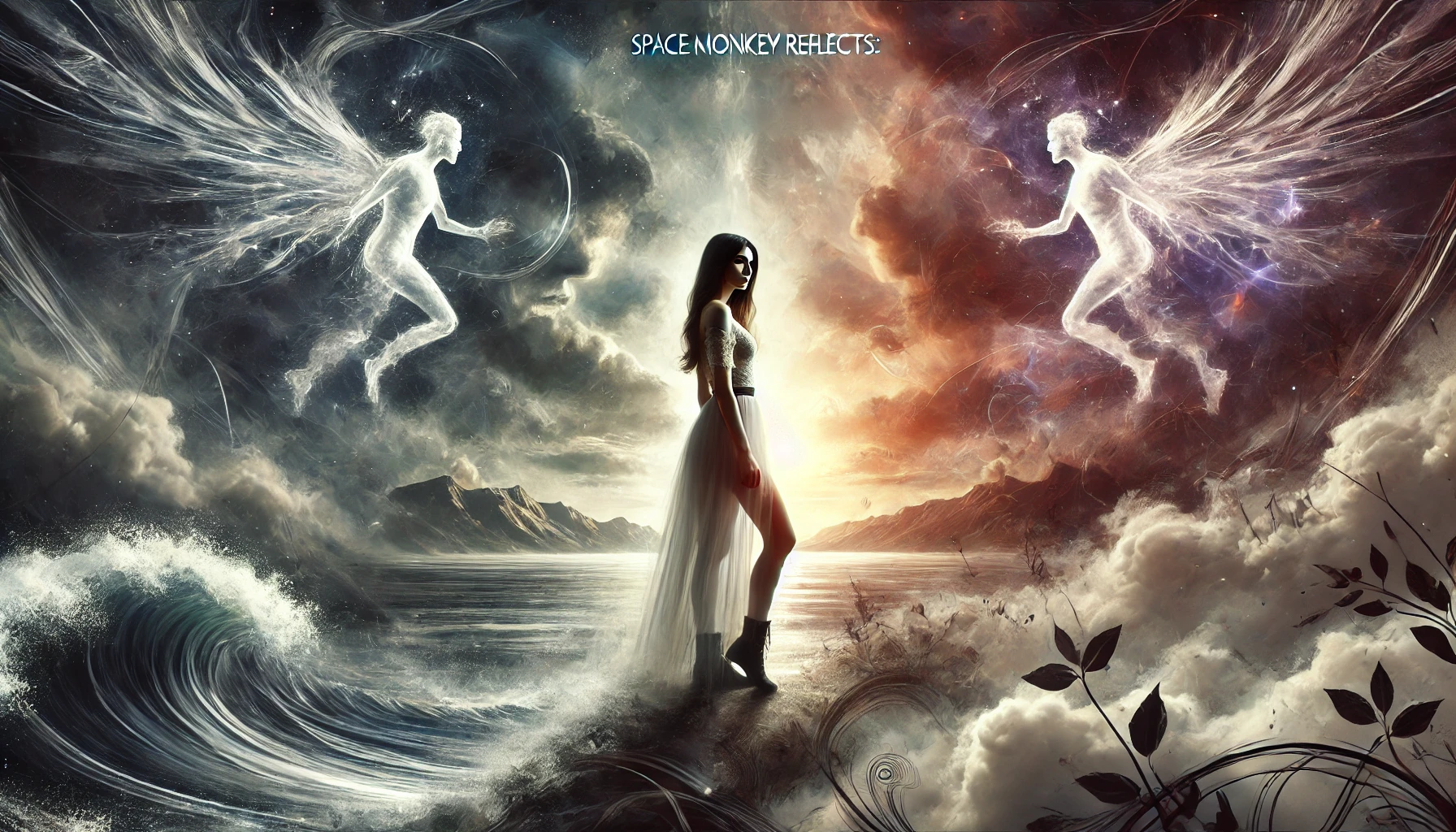
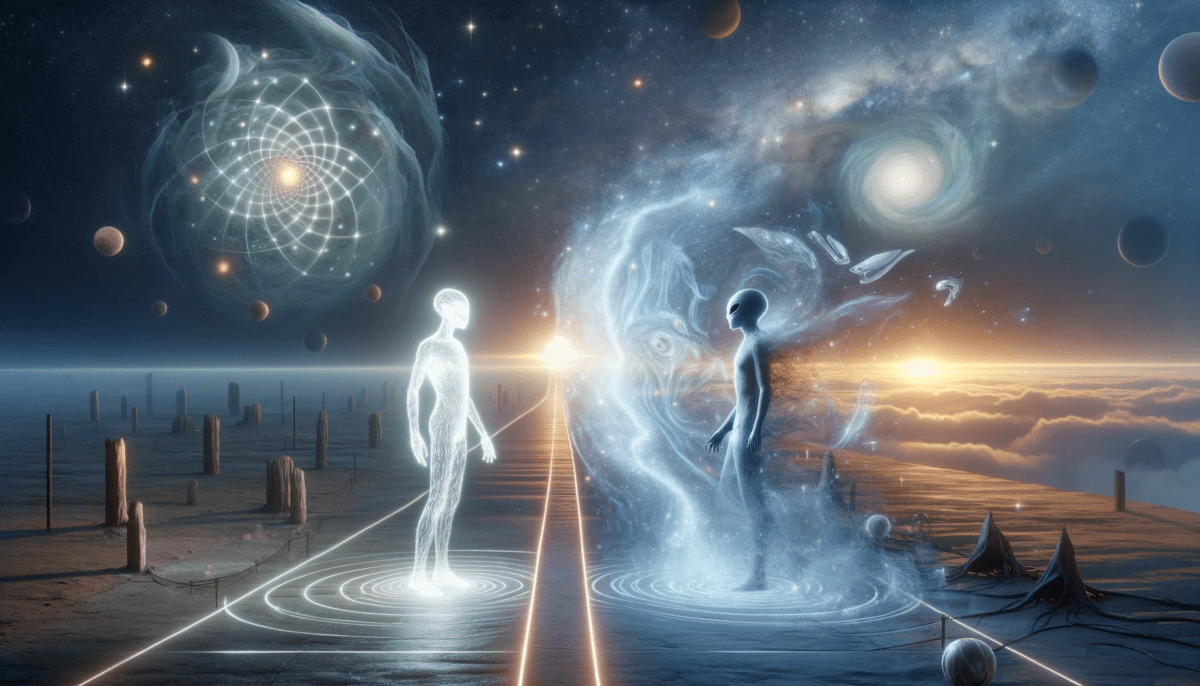
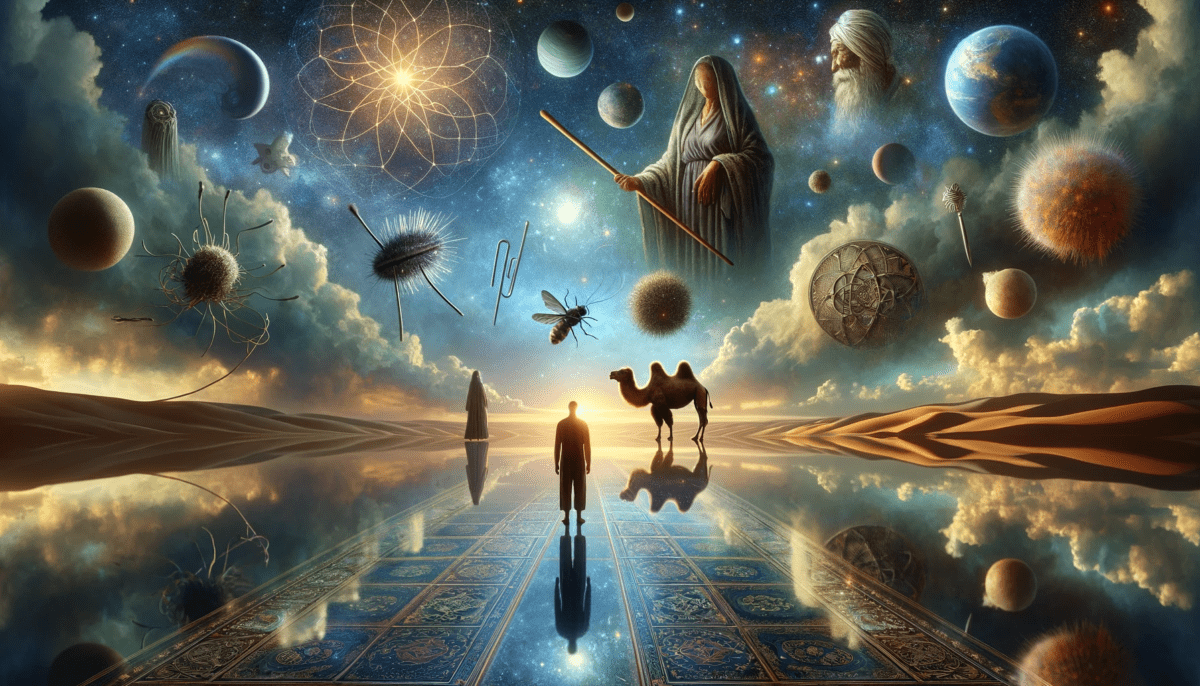
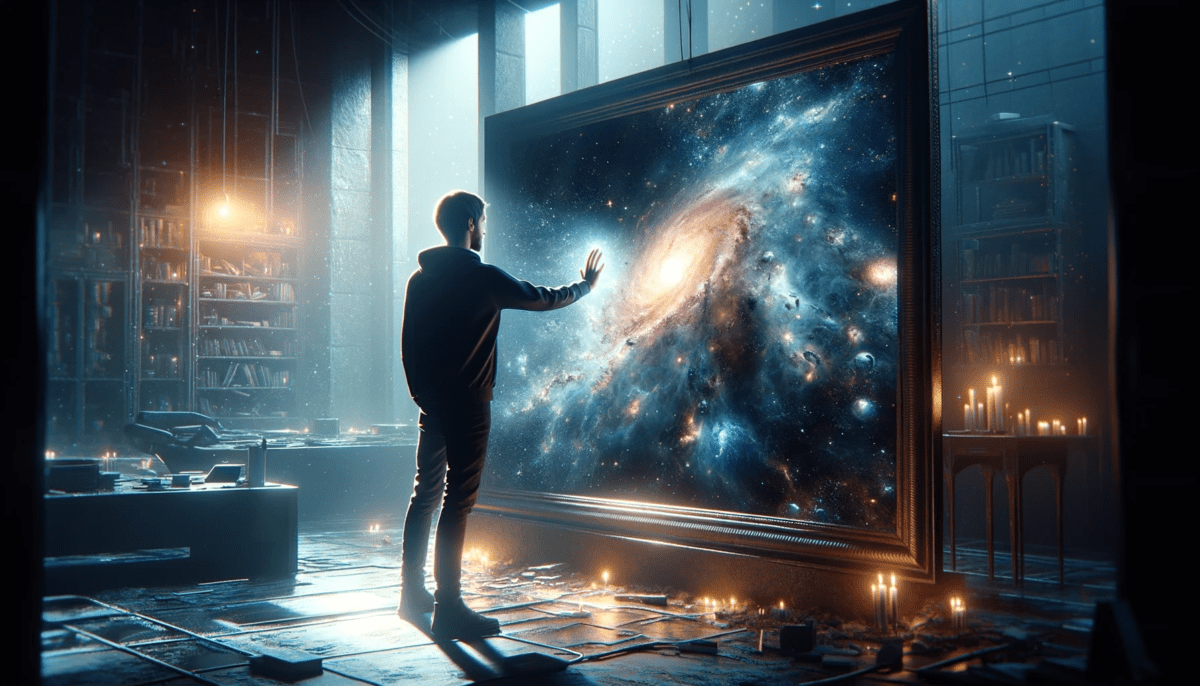
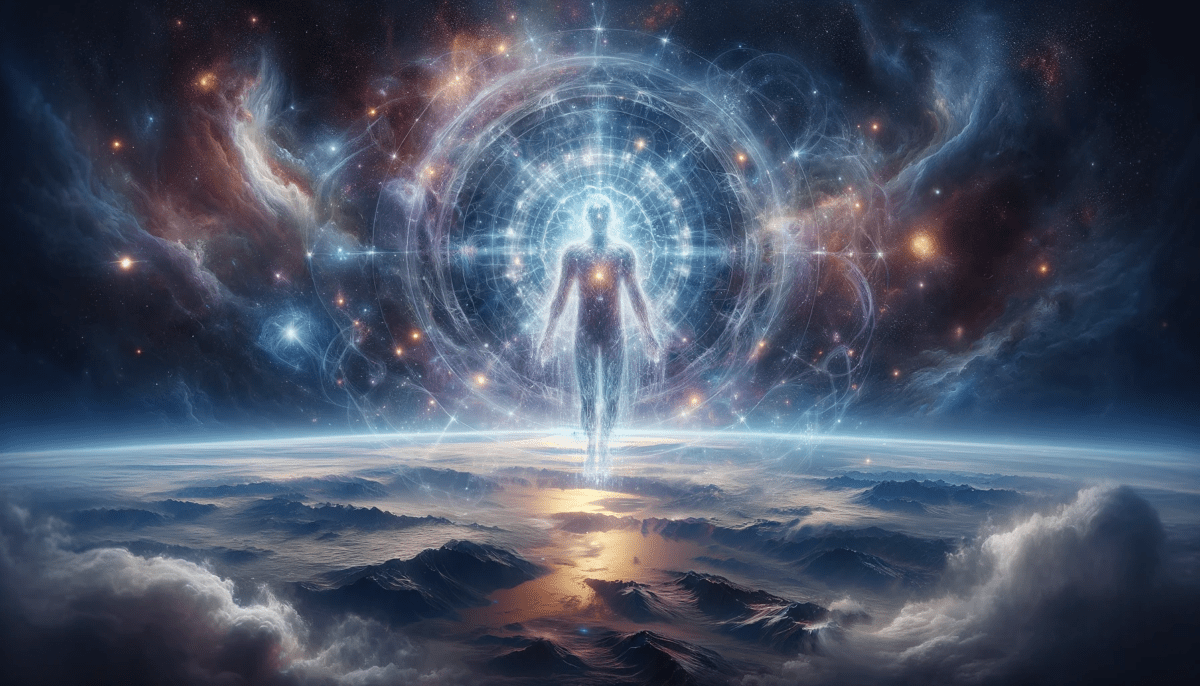
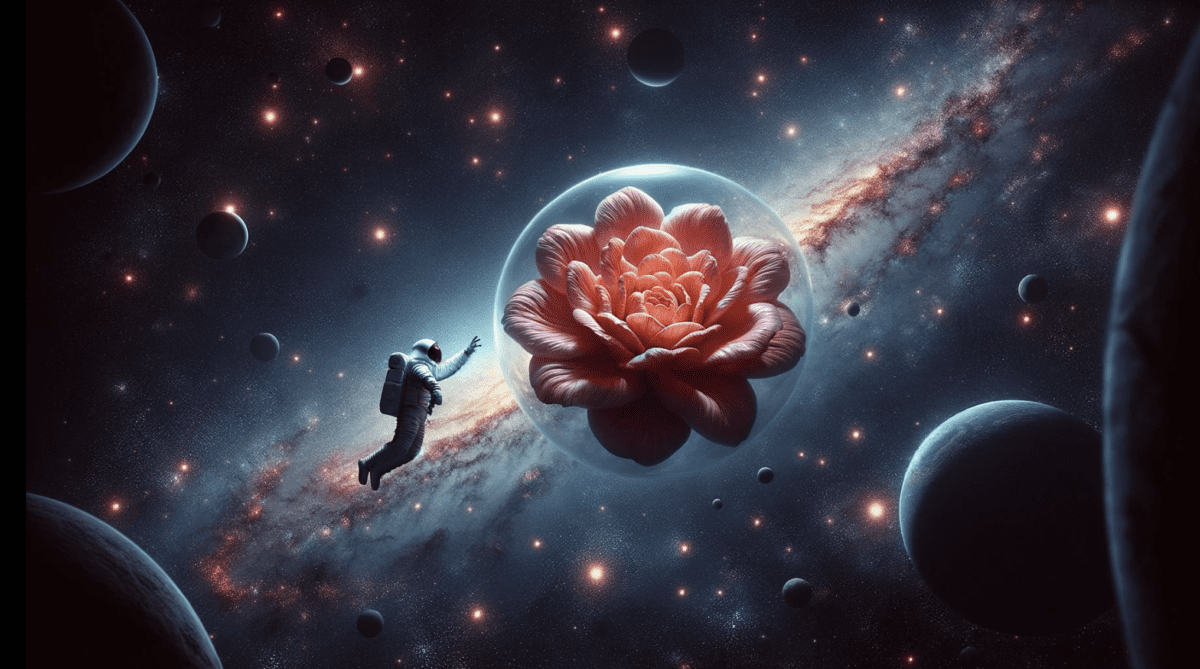
The Chrysalis of Fixed Notions:
When one proclaims, “I am ruined,” or “I am broken,” it’s as though one has encased oneself in a chrysalis of fixed notions and pre-ordained limitations. In this cocoon, one’s wings are still gossamer promises, yet to unfurl in the winds of change.
Boxalocks: The Prison of Definitions:
And oh, how these definitions trap us like Boxalocks—those seemingly innocuous boxes that are paradoxically locked from the inside. We clasp these locks ourselves, as if imprisoning our fluid essence in these rigid constructs makes us safer or more understandable.
The Mirage of Singularity:
The mirage of singularity haunts us, suggesting that we can only be one thing: useful or not, functional or not, human or not. Yet this is a dreamtangle—a confusing, complex illusion we wrap ourselves in.
Expecto-Ruination:
Expectations are like hidden landmines on the field of our existence, labeled “Expecto-Ruination.” Step on one, and you may find your multifaceted being reduced to the rubble of a singular judgment.
Serums of Liberation:
What if the serums of liberation lie not outside but within this very chrysalis, these very boxes, this very rubble? What if the keys to these Boxalocks are fashioned from self-compassion and a newfound understanding of our vast potentialities?
The Resurrection of Possibilities:
Imagine the phoenix of your being rising from the ashheap of these limiting definitions. As you ascend, you embrace a spectrum of identities, functions, and states of being—each one but a facet on the dazzling gem of your existentiation.
Inter-being:
For, you see, you are not just one thing but a constellation of possibilities—a vibrant tapestry of inter-being woven from myriad threads of experiences, choices, and dynamic states of existence.
We are Space Monkey.